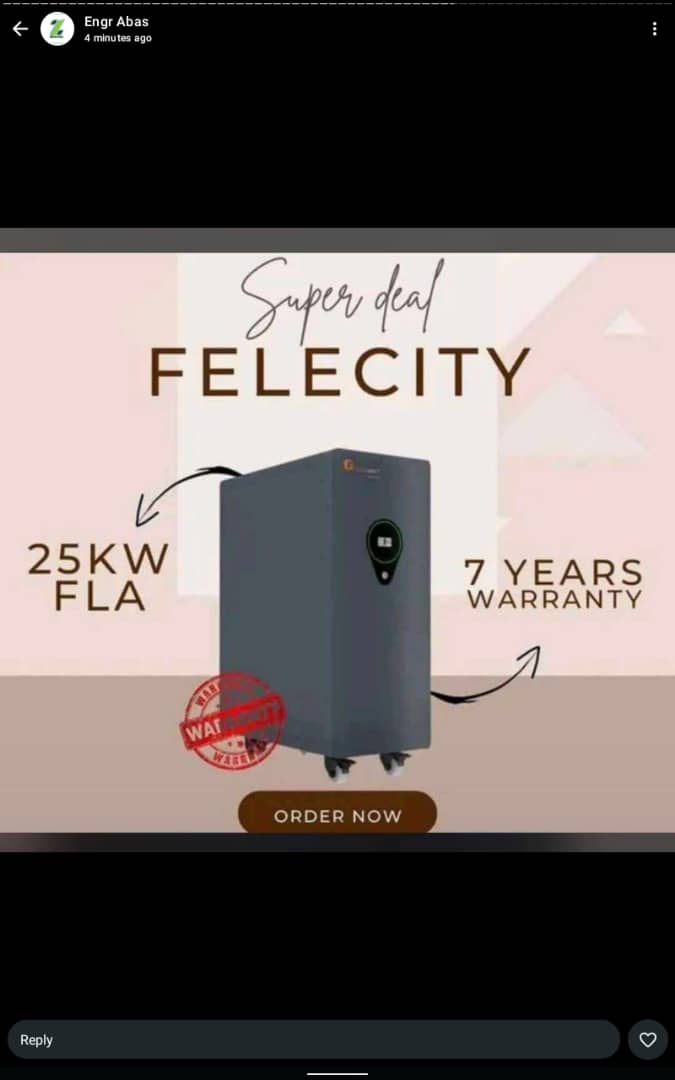Lithium ion Batteries

Batteries are the backbone of modern power storage, supporting everything from small electronic gadgets to large-scale energy systems. Among the most widely used are lithium batteries, tubular batteries, and dry cell batteries. Each type has distinct characteristics, advantages, and limitations, making them suitable for different applications. Understanding their differences helps consumers and industries choose the right battery for their needs.

1. Lithium Batteries
Lithium-ion batteries have become the gold standard in recent years, especially for portable electronics, renewable energy storage, and electric vehicles. They are lightweight, compact, and capable of storing a large amount of energy relative to their size. A key advantage is their high energy density, which means more power in a smaller package. They also support fast charging and have a long cycle life, often lasting 2,000 to 5,000 charge cycles depending on usage.
In addition, lithium batteries require minimal maintenance compared to traditional batteries. They are sealed, leak-proof, and generally safer when equipped with a proper battery management system (BMS). However, they tend to be more expensive upfront than other types. Despite this, their durability, efficiency, and low operating costs make them a cost-effective solution in the long run.

2. Tubular Batteries
Tubular batteries are a type of lead-acid battery, designed with a robust tubular plate structure that enhances their efficiency and lifespan. They are commonly used in inverters, solar systems, and backup power applications. Compared to conventional lead-acid batteries, tubular batteries offer better deep-discharge recovery and longer service life, often lasting between 5 to 7 years with proper maintenance.One of their advantages is their ability to handle frequent and long power outages, making them ideal for areas with unstable electricity supply. They are also more affordable than lithium batteries, though they are bulkier and heavier. Unlike lithium batteries, tubular batteries require regular maintenance, such as topping up with distilled water, to ensure optimal performance. They also take longer to charge and have lower energy efficiency compared to lithium technology.
3. Dry Cell Batteries
Dry cell batteries are the most common in everyday household items like flashlights, remote controls, and toys. They are small, portable, and inexpensive. A dry cell uses a paste electrolyte instead of liquid, which makes it leak-resistant and easy to handle. These batteries are typically single-use (primary batteries), although rechargeable variants like nickel-metal hydride (NiMH) exist.The main strength of dry cell batteries is their convenience and low cost for small applications. However, they are not suitable for heavy-duty or long-duration power needs. Their capacity is limited, they cannot be deeply discharged without losing performance, and most disposable dry cells contribute to environmental waste if not recycled properly.

Conclusion
Each battery type serves a distinct purpose. Lithium batteries excel in modern applications requiring lightweight, long-lasting, and high-performance energy storage. Tubular batteries remain a reliable choice for home and industrial backup power, especially where affordability and resilience to deep discharges are priorities. Dry cell batteries, though limited in capacity, are indispensable for small electronic devices due to their simplicity and low cost. Ultimately, the best choice depends on the application: lithium for advanced technology and efficiency, tubular for reliable backup in power-hungry environments, and dry cells for everyday portable needs.